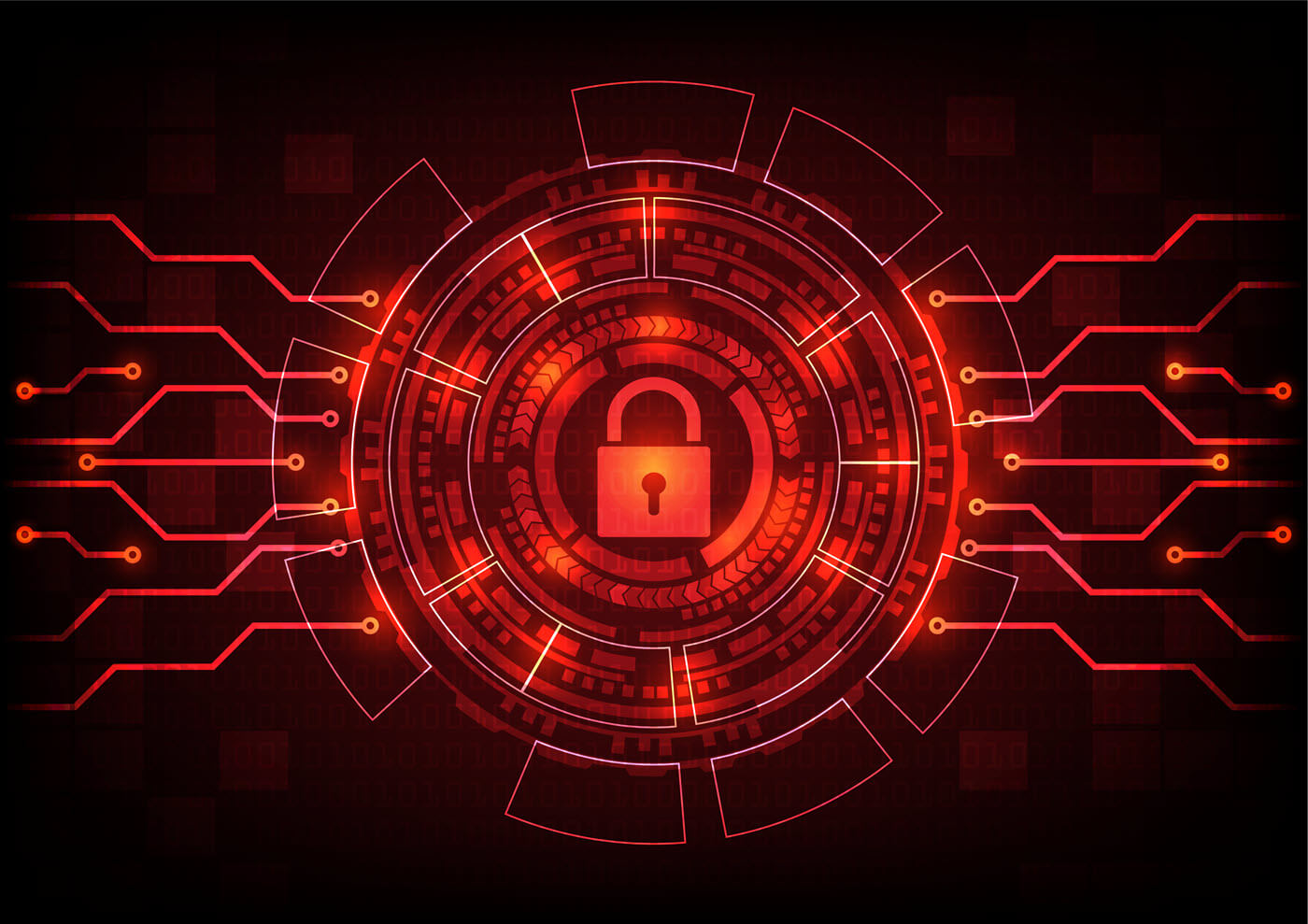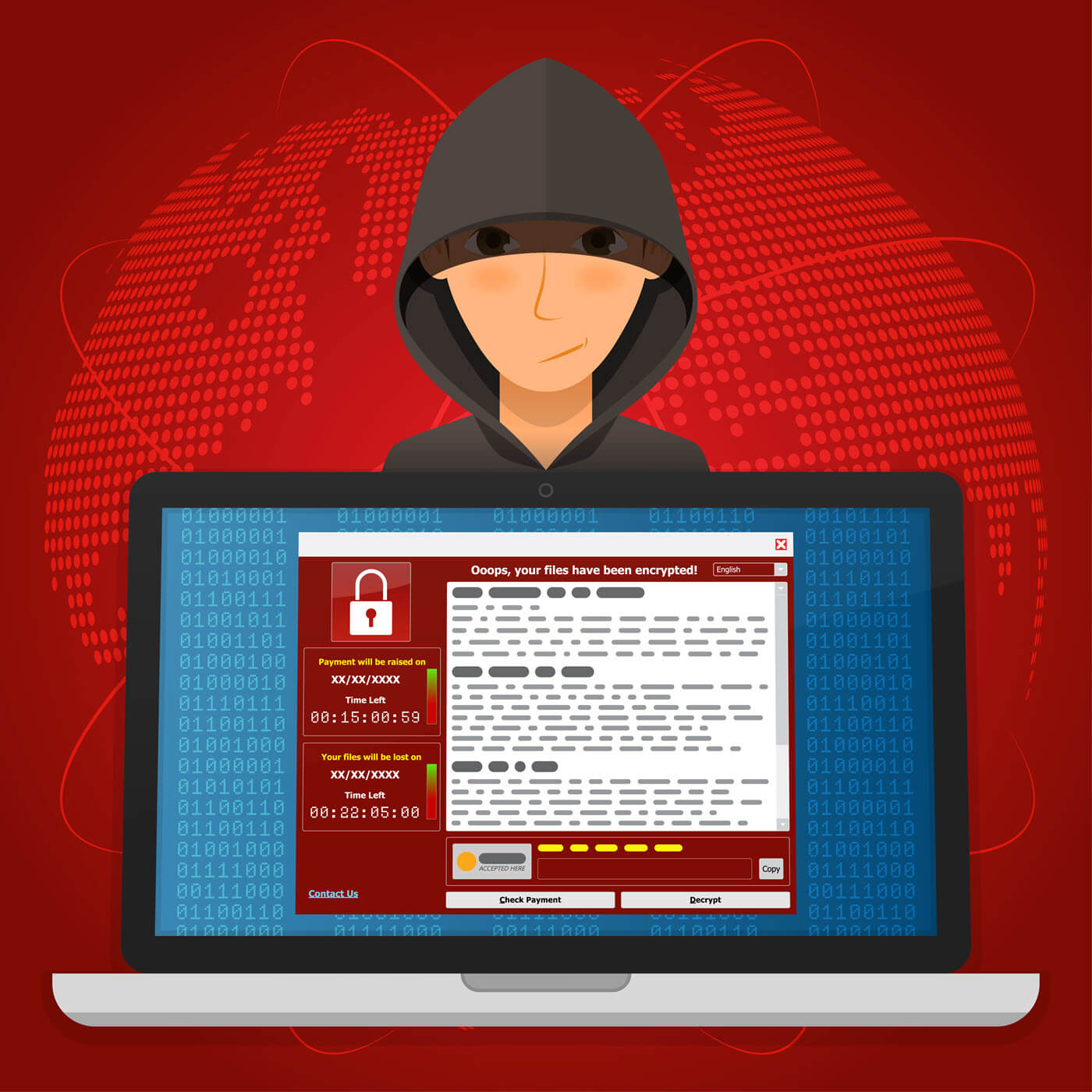The Future of Ransomware: How to Protect Your Business Against the Next Attack
Cyber threats threaten even the strongest cyber platforms. This means that every day, every business must seek ways to protect their important files, like business assets, personal information, and client information.
With all that is going on in your business, and because of the many ways in which employees could contribute to data vulnerability and business vulnerability, you need to stay aware of the ever-changing ransomware possibilities and vulnerabilities present with any business.
Read on to learn more about the rise of ransomware, and 4 tips for protecting your business against the next ransomware attack.

The Rise of Ransomware
Every business has valuable assets, and ransomware attackers know this. Ransomware is a type of malware attack when an individual or malicious entity (hacker) is able to gain access to a business or individual’s computer system and access their private information. This important and often sensitive information is then used against the individual or business for financial gain or a ransom demand.
Ransomware originally cropped up in the late 1980s, and the first attack was believed to be the one committed by Joseph Popp, Ph.D. and AIDS researcher. In 1989, Popp encouraged AIDS researchers around the world to insert a floppy disk into their computer (he ended up sending out 20,000 floppy disks to over 90 countries!). This floppy disk, Popp claimed, was able to analyze AIDS data through a specific program and tell the researchers the likelihood of an individual acquiring AIDS.
The floppy disk also had malware software on it, which was secretly downloaded onto the computer. This malware remained dormant until the 90th time the computer was booted on. At that time, the malware would demand that the user pay $189 and an additional $378 for a software lease.
Known as the AIDS Trojan, and the PC Cyborg, Popp ushered in the idea that data or computers could be held hostage for financial gain. Now, ransomware incidents occur in a range of industries and methodology types. Ransomware has evolved from general email blasts to targeted spear-phishing emails, campaigns that learn insight into an individual or business and use weaknesses to encourage the individual to allow malicious software onto their computer and potentially into a network.
Because of its effectiveness, the ransom-based cyber-attack has progressed, as well as the protection methods against ransomware infection has also increased. Ransomware variants are readily available online and free. Ransomware-as-a-service exists, and advanced malware programs like CryptoLocker, CryptoWall, Locky, and TeslaCrypt are free to use and have generated millions of dollars in revenue.
The Future of Ransomware
So what can we expect to see from ransomware in the future? Not only will ransomware tactics seek ways around ransomware defenses, but they might also morph.

Security experts suggest that cybercriminals will not only gain access to personal information and ask for money in exchange for releasing that information, but they might also challenge the integrity of that information.
If a ransomware attack has threatened the integrity of the data, then there is the potential that the data can no longer be trusted. If the data can no longer be trusted, then the data might be considered null. Think about important sensitive data, like personal information, financial records, and data collected by hospitals. If information about financial records is changed, then the financial institution could be challenged by all of their constituents, arguing that their records have been wrongly falsified. Furthermore, we might lose the true data. In terms of personal identity, this could be catastrophic.
The integrity of medical records is also a potential issue. If a ransomware attack targeted multiple hospitals and gained hold of patient files and records, then this might also harm the hospital’s integrity and impede their ability to perform patient assessments. If a ransomware attack is able to change records, then this could compromise medical data. The ransomware attacker would only tell the ransomware victim which data was changed only after the ransomware payment was paid.
This proves deadly, as was the case when a woman, who was being taken to the attacked hospital had to be redirected to a different hospital because of the ransomware demand. The woman died en route to the other hospital.
The initial hospital, which was accidentally targeted (the attack was meant for a university), was held up regardless. When the woman was being transported to the hospital, they did not feel that they could confidently treat the woman specifically because they could not access her personal records. While you might think that they could just treat her to save her life, offering blind treatment could be every bit as catastrophic as withholding it. She could have an underlying condition and in treating her, the hospital might have caused her death or further illness.
Another potential avenue for attack is encrypting ransomware. Encrypted ransomware gains access to a computer system and encrypts the data on that computer. The hacker is able to hold the encrypted files hostage because the ransomware operators are the only people with the decryption key.
4 Tips for Protecting Your Data
Protecting your business from ransomware attacks and other cyber attacks can be difficult. You’ll want to approach your ransomware defense strategy through several avenues:
1. Always Implement Firewall and Antivirus
Every cybersecurity protocol should have an encryption firewall and antivirus software in place. These are basic components of a strong cybersecurity system. Do not think that by implementing another form of ransomware protection, you will have fully secured your system.
Without a firewall and antivirus in place, a ransomware attacker, malicious actor or threat actor could easily infiltrate your system and demand a ransom payment.
2. Employee Education is Often Overlooked
Employee vulnerabilities are one of the main ways that ransomware attacks can get into your system. They often target an employee with vulnerabilities.
Educate your employees to recognize common signifiers of ransomware attacks so that they can protect themselves against potential attacks. Put in place resources that employees can cross-reference if they are unsure about a ransomware attack.
3. Insider Threat Protection is Equally as Important
While you might think of your employees, partners, and third-party users as friends or colleagues, it only takes one time for an insider to betray a company and the company loses thousands of dollars. All business relationships are vulnerabilities.
Individuals who work with a company know how to navigate its networks intimately, and they only need to see how beneficial it can be to assist in a ransomware attack. Employees and other insiders might encourage ransomware attacks intentionally or unintentionally. Either way, an employee monitoring software can alert management to risky behaviors to mitigate these attacks.
4. Encryption, Backup Data and Perform Cybersecurity Safety Protocols
Cybersecurity protocols would encourage your business to keep encrypted file backups in secure data storage. Encrypting files will protect against encryption ransomware, as well.
Businesses should also regularly audit and run through cybersecurity safety protocols and disaster recovery so that your team is prepared for the next cyber attack. After all, the time needed for a company to recover from a cybersecurity attack costs money, so every second counts.
Protect Your Business Against Ransomware Attacks with SoftActivity
Protect your business with SoftActivity, one of the many tools in your cybersecurity arsenal. As employee monitoring software, SoftActivity can alert management to vulnerabilities in the security of your business network, the implication of insider threats, and the potential risks associated with privileged access.
SoftActivity for terminal servers and workstations should be integrated into your business’ cybersecurity plan, including a strong firewall and malware management system.
See today how the intuitive software from SoftActivity can be another line of defense against ransomware and targeted cyber attacks.
By SoftActivity Team